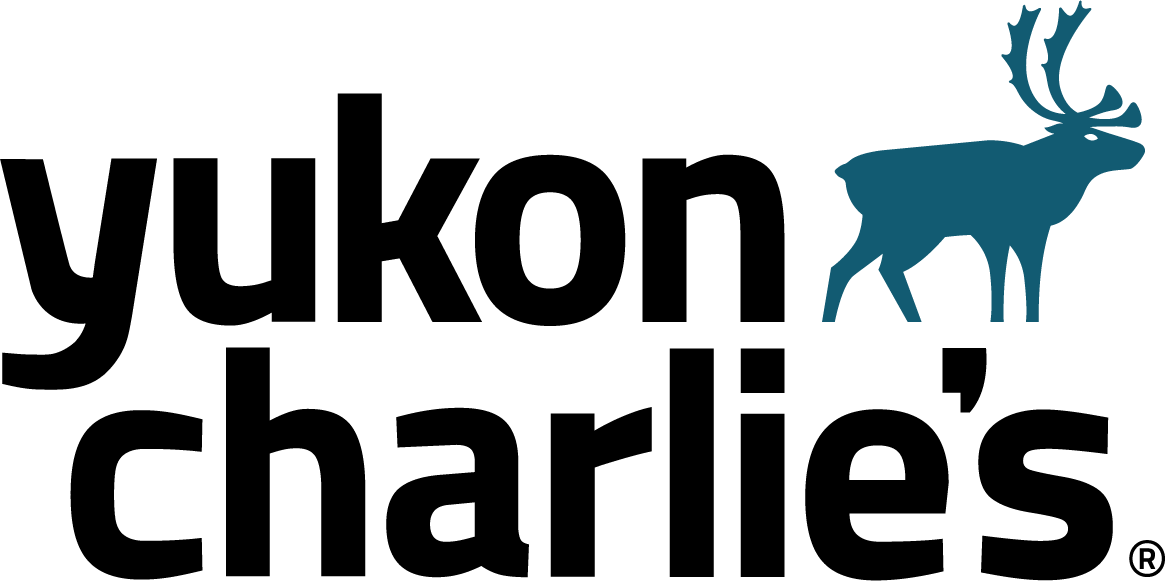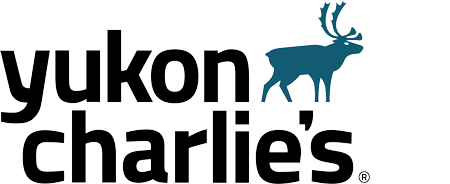(via the National Parks Conservation Association)
 Yellowstone, Gettysburg, the Statue of Liberty, and the Flight 93 Memorial are among the many national parks that we, as Americans, own together. Keeping this magnificent collection of places well-managed and open to everyone costs less than 1/13th of one percent of the federal budget— quite a bargain for a park system that inspires visitors from around the world and produces nearly 270,000 private sector jobs across the country.
Yellowstone, Gettysburg, the Statue of Liberty, and the Flight 93 Memorial are among the many national parks that we, as Americans, own together. Keeping this magnificent collection of places well-managed and open to everyone costs less than 1/13th of one percent of the federal budget— quite a bargain for a park system that inspires visitors from around the world and produces nearly 270,000 private sector jobs across the country.
Yet for the second year in a row, America’s national parks face an erosion of funding necessary to serve the public and protect national park resources. And the overall appropriation for the National Park Service (NPS) is nearly $400 million (or 13%) less than it was 10 years ago. Not only will this mean fewer rangers to greet us, help us plan our visits, and respond to emergencies, but it also means that parks won’t be adequately maintained, resources will suffer damage, wildlife will be more vulnerable to poachers, and development threats will increase. Protecting and preserving national parks requires adequate funding to ensure these issues are addressed.
In FY 2011, funding for the National Park Service was reduced by nearly $140 million, including an $11.5 million reduction for operations. In tight budget times, it’s reasonable for the National Park Service to operate frugally. But the thrifty operation isn’t enough to keep parks solvent: national parks today receive just 82 cents for every dollar they need to pay for the rangers who are fulfilling the experience of millions of annual visitors and protecting the parks’ treasures.. And threats are mounting: according to the recently-enacted Budget Control Act of 2011, if Congress is unable to agree on a level of spending and revenue that reduces the budget, programs from defense to national parks will be subject to a budgetary sequester—which means national park budgets could be cut by as much as 9%.
As this report shows, cutting funds equal to or even half that amount would be disastrous for many national parks.





